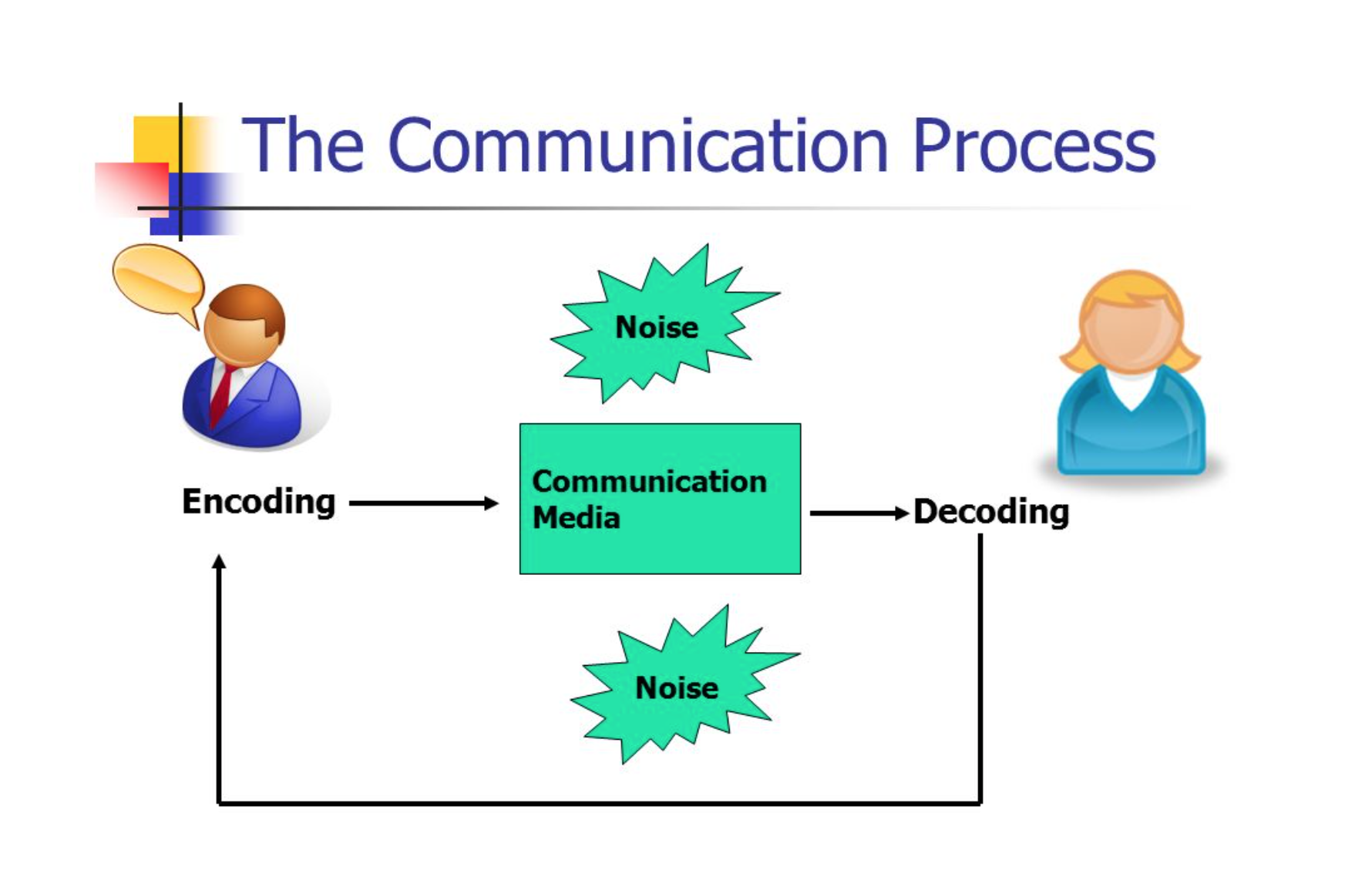Problems with communication can pop-up at every stage of the communication modelling process (which consists of the sender, encoding, the channel, decoding, the receiver, feedback and the context – see the diagram below). At each stage, there is the potential for misunderstanding and confusion.

To be an effective communicator and to get your point across without misunderstanding and confusion, your goal should be to lessen the frequency of problems at each stage of this process, with clear, concise, accurate, well-planned communications. We follow the process through below:
Table of Contents
Source
As the source of the message, you need to be clear about why you’re communicating, and what you want to communicate. You also need to be confident that the information you’re communicating is useful and accurate.
Message
The message is the information that you want to communicate in the communication modelling. It runs from sender to receiver if there is no obstacle on the way.
Encoding in Communication Modelling
This is the process of transferring the information you want to communicate into a form that can be sent and correctly decoded at the other end. Your success in encoding depends partly not only on your ability to convey information clearly and simply, but also on your ability to anticipate and eliminate sources of confusion (for example, cultural issues, mistaken assumptions, and missing information.)

A key part of this is knowing your audience: Failure to understand who you are communicating with will result in delivering messages that are misunderstood.
Channel
Messages in communication Modelling are conveyed through channels, with verbal channels including face-to-face meetings, telephone and videoconferencing; and written channels including letters, emails, memos and reports.
Different channels have different strengths and weaknesses. For example, it’s not particularly effective to give a long list of directions verbally, while you’ll quickly cause problems if you give someone negative feedback using email.
Decoding
Just as successful encoding is a skill, so is successful decoding (involving, for example, taking the time to read a message carefully, or listen actively to it.) Just as confusion can arise from errors in encoding, it can also arise from decoding errors. This is particularly the case if the decoder doesn’t have enough knowledge to understand the message.
Receiver
Your message is delivered to individual members of your audience. No doubt, you have in mind the actions or reactions you hope your message will get from this audience. Keep in mind, though, that each of these individuals enters into the communication modelling process with ideas and feelings that will undoubtedly influence their understanding of your message, and their response. To be a successful communicator, you should consider these before delivering your message, and act appropriately.
Feedback

Your audience will provide you with feedback, as verbal and nonverbal reactions to your communicated message. Pay close attention to this feedback, as it is the only thing that can give you confidence that your audience has understood your message. If you find that there has been a misunderstanding, at least you have the opportunity to send the message a second time.
Context
The situation in which your message is delivered is the context. This may include the surrounding environment or broader culture (corporate culture, international cultures, and so on).
In a simple model, information or content (e.g. a message in natural language) is sent in some form (as spoken language) from an emissary/ sender/ encoder to a destination/ receiver/ decoder. In a slightly more complex form a sender and a receiver are linked reciprocally. A particular instance of communication modelling is called a speech act.
The sender’s personal filters and the receiver’s personal filters may vary depending upon different regional traditions, cultures, or gender; which may alter the intended meaning of message contents. In the presence of “communication noise” on the transmission channel (air, in this case), reception and decoding of content may be faulty, and thus the speech act may not achieve the desired effect.
One problem with this encode-transmit-receive-decode model is that the processes of encoding and decoding imply that the sender and receiver each possess something that functions as a code book, and that these two code books are, at the very least, similar if not identical. Although something like code books is implied by the model, they are nowhere represented in the model, which creates many conceptual difficulties. Creating and delivering the effective presentation requires basic understanding of a communication process
Between parties, communication includes acts that confer knowledge and experiences, give advice and commands, and ask questions. These acts may take many forms, in one of the various manners of communication. The form depends on the abilities of the group communicating together, communication content and form make messages that are sent towards a destination. The target can be oneself, another person or being, another entity (such as a corporation or group of beings).

